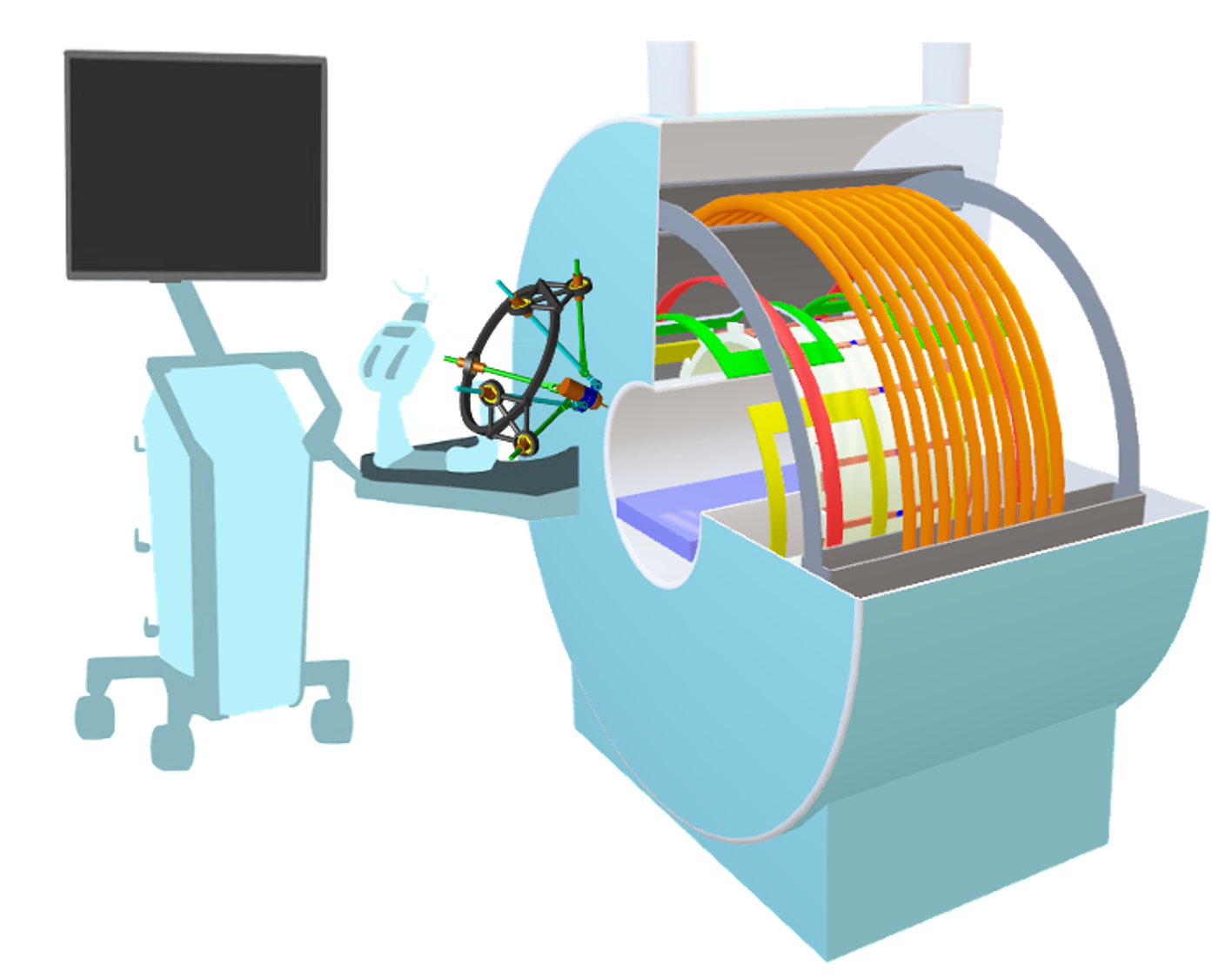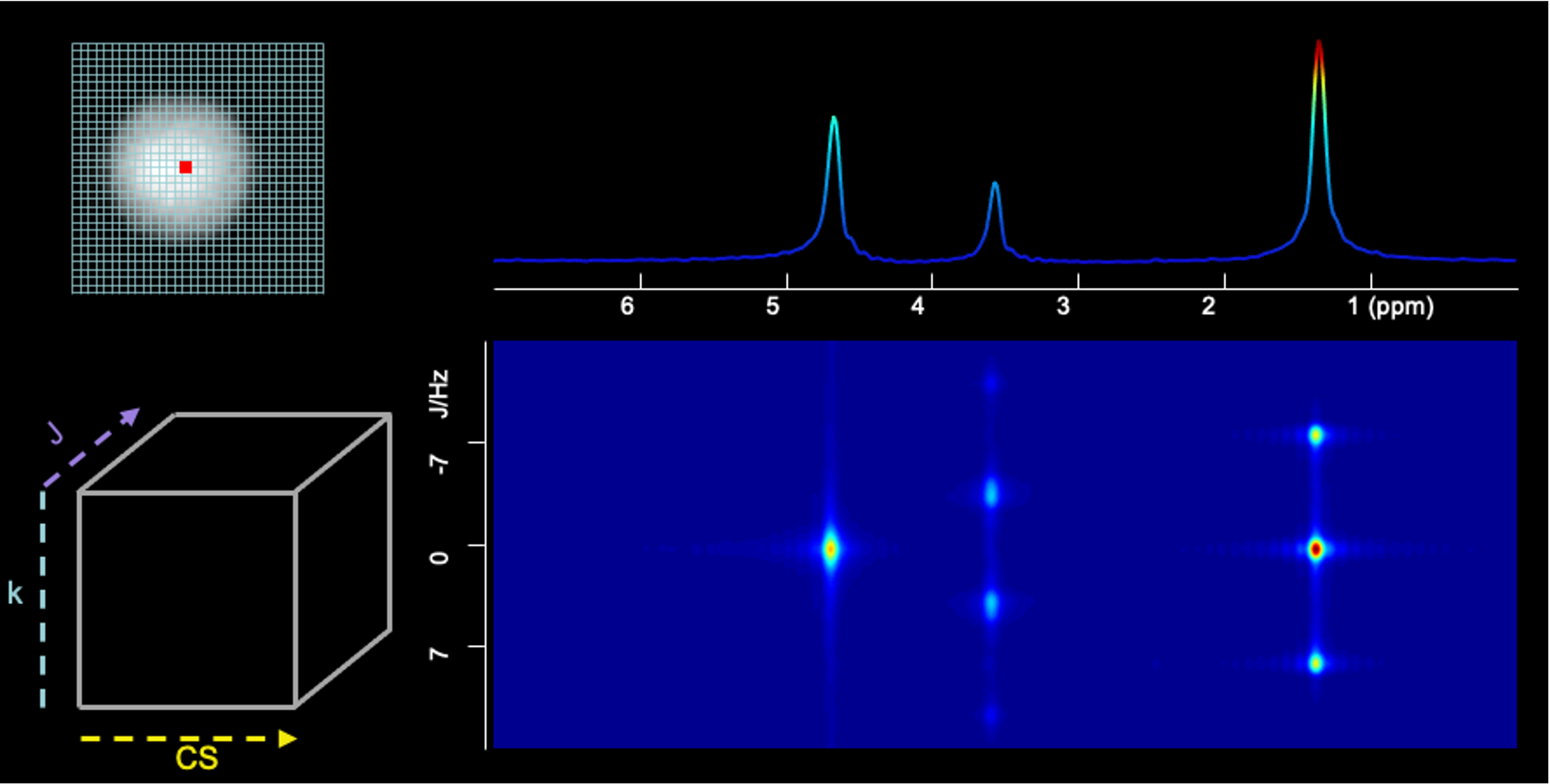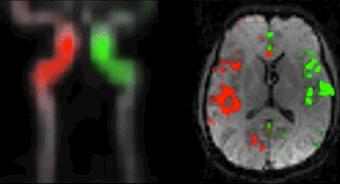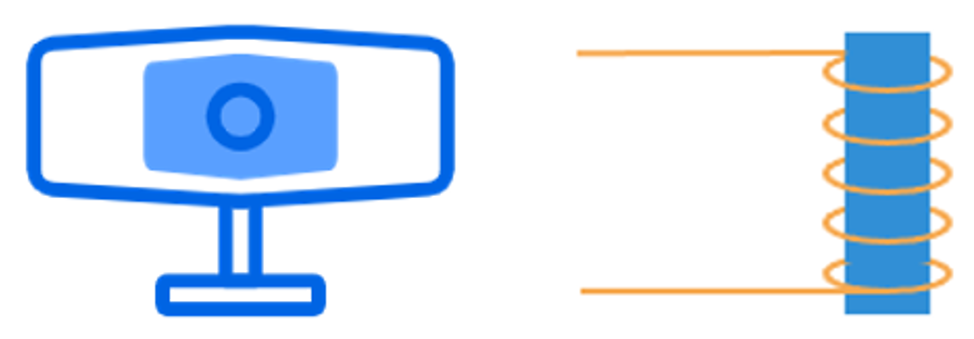
High-resolution and high-fidelity MRI


High-resolution MRI can provide the ability to resolve fine-scale structures, is widely demanded in clinical diagnosis and research. However, MRI is prone to image distortions due to B0 inhomogeneity and susceptibility at tissue/air interfaces or implants, especially in echo planar imaging, degrading the fidelity of images. Our group are developing novel imaging methods to reduce image distortions and improve the resolution and fidelity of MRI images. We have proposed spatiotemporal encoding (SPEN) cross-term spatiotemporal encoding (xSPEN) to collect MRI data in a single scan without the influence of chemical shift and off-resonance.
Read moreReal Time MRI and MRI-guided navigation

Magnetic resonance imaging has been known as an excellent tool for non-invasive diagnosis due to its perfect soft tissue contrast and no harmful radiation compared to CT and X-ray imaging. Real-time interventional MRI (I-MRI) would be very helpful to track the position of the surgical device during MR-guided surgery. This would improve the patient outcome. Specially, in cardiovascular imaging for example, the real-time I-MRI could improve the image quality and patient's confort, without repeated breathholds or ECG technique.
Read moreHigh dimensional and rich-information MRI


Magnetic resonance imaging (MRI) is a powerful, ionizing-radiation-free medical imaging modality. The vast physical and physiological parameters, which MRI is sensitive to, makes it possible to visualize both structure and function in high dimentional. However the prolonged time necessary to capture the information in this large parameter space remains a major limitation of this phenomenal modality. Beyond the 2D/3D spatial, the high dimensional MRI can have dynamic, spectroscopy, displacement dimension (s). Novel contrast and speeding are expoloring in our group? specially, 4D/5D MRSI and Displacement encoded MRI
Read moreMulti-sensing MRI

A self-driving car uses advanced sensory technology like lidar, sonar, GPS, radar, or odometry and inertial measurements. Smart algorithms incorpate all the sensing data to make the car automated and intelligent. In a way, the future MRI systems are in a similar direction. Multiple sensors should be developed and incorpated in the MRI scanning. Smart sequences need talk to the multiple sensing world to allow a better and fast imaging. Currently, we have developed prospective motion corrected (PMC) MRI wich can obtain more accurate sub-voxel displacements in 3D space, enabling same contents of imaging targets all the time.
Read more